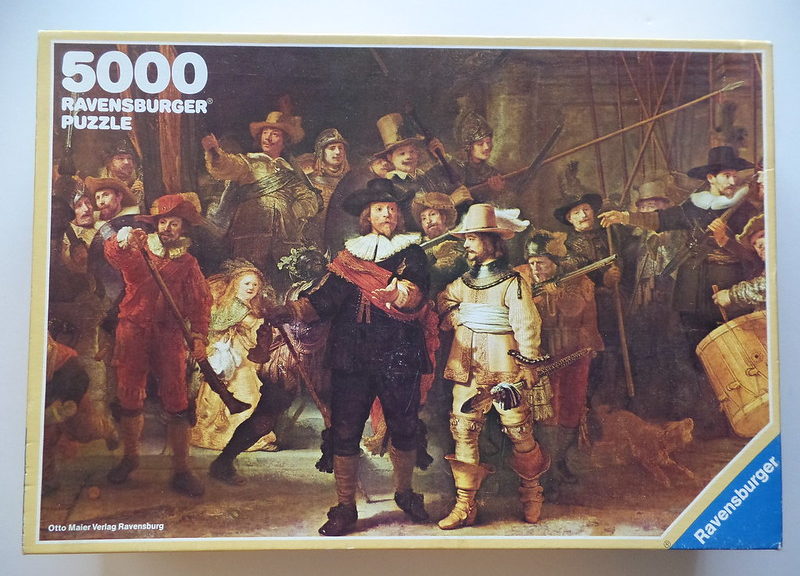
Puzzling Conversations: Gus Wrethman
I am starting 2020 off with something a little different – a series of posts garnered from “interviews” with fellow puzzle enthusiasts like myself. I want to get different perspectives from people around the world on various aspects of puzzling – what got them into puzzling, what types of images they love and / or dislike most, what their biggest challenges are (if any) to getting puzzles in their respective countries, etc. I think it will add a new dimension to the blog and showcase how jigsaws and jigsaw puzzlers are vastly different from one region of the world to the next, but also how very much alike we all are at heart.
That being said, I am pleased to welcome my first puzzling friend, Gus Wrethman, from Australia**. Gus is a retired IT guy living in New South Wales. He has been puzzling since he was a child, and while he doesn’t completely recall how he first got started on the hobby, he does remember doing them as a child and teenager. I asked Gus a series of questions related to various aspects of puzzling. Here’s what he had to say.
PM: What is the largest puzzle you have assembled thus far in life?
GUS: 6000 pieces. As it happens, that number isn’t a coincidence. 6000 pieces is as big as puzzles come. Now before people take me to task on that, it is as big as they come “in one bag”. All puzzles above 6K pieces are in multiple bags, and unless you choose to mix the bags, then 6K is as big as it gets. 6K is also about the biggest “workable” size, though I guess that definition might depend a bit on what you consider workable. At 196cm, I can reach across a 6K puzzle. ? 6K is also the size of my puzzling surface (1.8m x 1.2m), which is a really nice piece of laminated board I got cut specially for the purpose back when I first got my kitchen remodeled 26 years ago. It has served me well in that quarter of a century. I guess what you could take away from this is that you might have to spend a good chunk of money to buy a really nice board to work on, but when you consider this really is a one-off purchase, does it really matter what it costs?
PM: You’re absolutely right. 6,000 pieces seems to be the standard for “as big as it gets” in one bag. This is also one of the reasons why my own puzzle board was cut to accommodate a 6,000 piece puzzle. I figured if I got it big enough for one section of the 24k Life puzzle, I would be set for quite some time as all other “mega” puzzles I had seen were bagged in smaller sections.
PM: What has been the hardest puzzle you have ever assembled? Why was it so difficult?
GUS: I guess that depends on whether your definition of “assembled” means “completed” ? If it means “attempted” as opposed to completed, then the answer is simple. The 70s version of Ravensburger’s 5K puzzle, The Night Watch, done back in the 70s. Why was it so difficult? Take a look at the puzzle and you won’t need to ask.
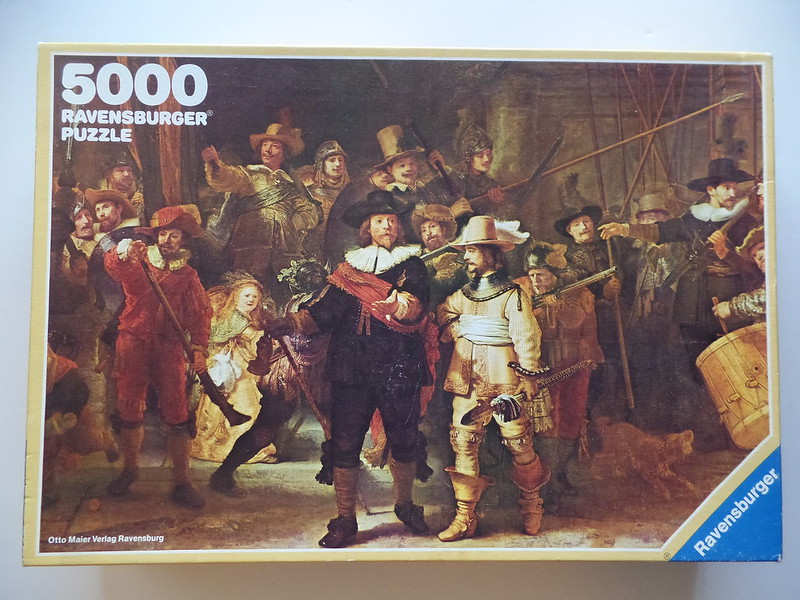
Don’t look at the box, because what the box depicts, and what’s inside, are two very different things. The box is light and has colour, the inside is just brown, and more brown, with extra brown. Once you do the obvious bits, you just look at what’s left, and cry. I plugged away at it for a while, and I thought I could do it. Maybe in hindsight I could have, but the question becomes more “why would I”, than “can I?” Puzzling is supposed to be a pleasurable pastime, not an exercise in self-flagellation. I understand very well that the degree of satisfaction one gets from a task is proportional to its difficulty, but there is a line where difficulty becomes tedium. I think there is a difference between difficult and tedious. Difficult to me means I have to think harder, look harder, devise new strategies, learn in other words.
PM: Boy, you weren’t kidding about it being BROWN! I can certainly see why this would be an extremely difficult puzzle for even a very experienced puzzler such as yourself. I would not attempt this one to be honest. ???
GUS: Tedium is just brute forcing pieces, and that is no fun at all. Brute forcing a hundred or so pieces is neither here nor there, but when 100s become 1000s, then you have a whole new level of pain. I think that assembled has to mean completed, so the evil Night Watch doesn’t count. Leaving that aside, I guess it is one of these three:
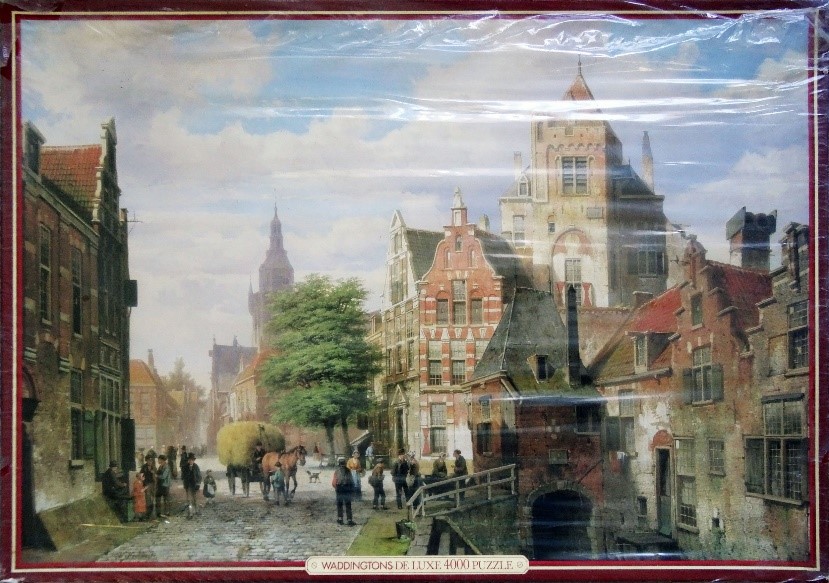
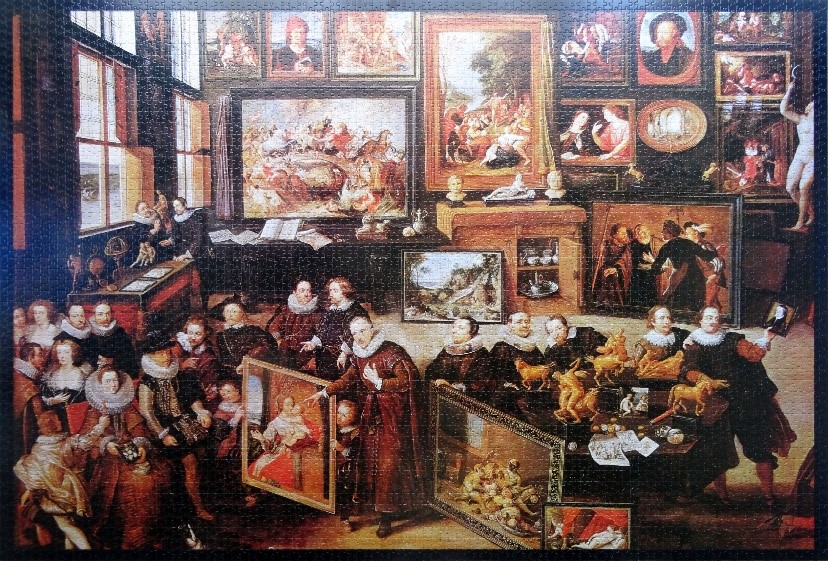
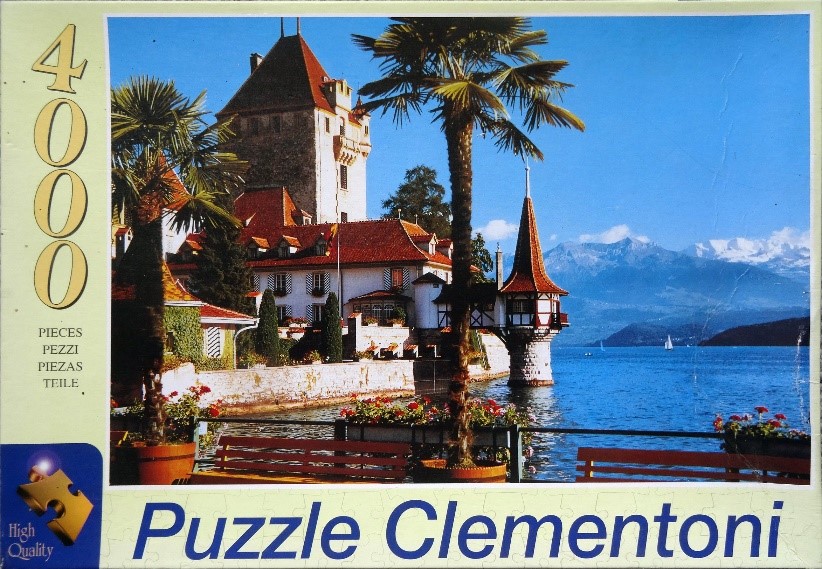
While these were difficult, they aren’t even close in terms of difficulty compared to The Night Watch. The Waddingtons and Clementoni are old old, the Educa, while old, is new, I only just finished it.
PM: Thanks for your time today, Gus! Please stay tuned for Part Two in this conversation with Gus coming soon where we will discuss what makes a puzzle difficult vs. easy vs. are you freakin’ kidding me!
**Editor’s Note: Gus lives in an area of Australia currently being ravaged by horrendous bushfires. He and his family are safe and not in imminent danger, but conditions can change very rapidly. Please keep him and his family in your thoughts and prayers.
9 thoughts on “Puzzling Conversations: Gus Wrethman”
This was a great interview. Can’t wait for part 2.
Thanks Robin! I am glad you enjoyed it and thanks for stopping by the blog. Part 2 will be released this week.
Great interview – how about one with Birdsville mike
Thanks Shaun. He is on my shortlist of people I want to interview. He is so knowledgable.
This is a great idea, thank you!
Thanks. I am glad you enjoyed it!
I like reading Gus’ comments on Facebook in a group about big puzzles)
This was very interesting. Thank you Penny. I have looked a lot into both yours and Gus’s photographs on flickr but I am still lurking without an account 🙂 I am into puzzling yet I would not attempt the Night watch. Instead a bought it for my partner that is a novice puzzler but is ready to take it on because he loves the painting. I wonder who would win 😀
Thank your checking out the blog, Vesi! Happy to have you here. Being a lurker is just fine with me too. But I am also happy you said hello! ? Welcome puzzle friend.